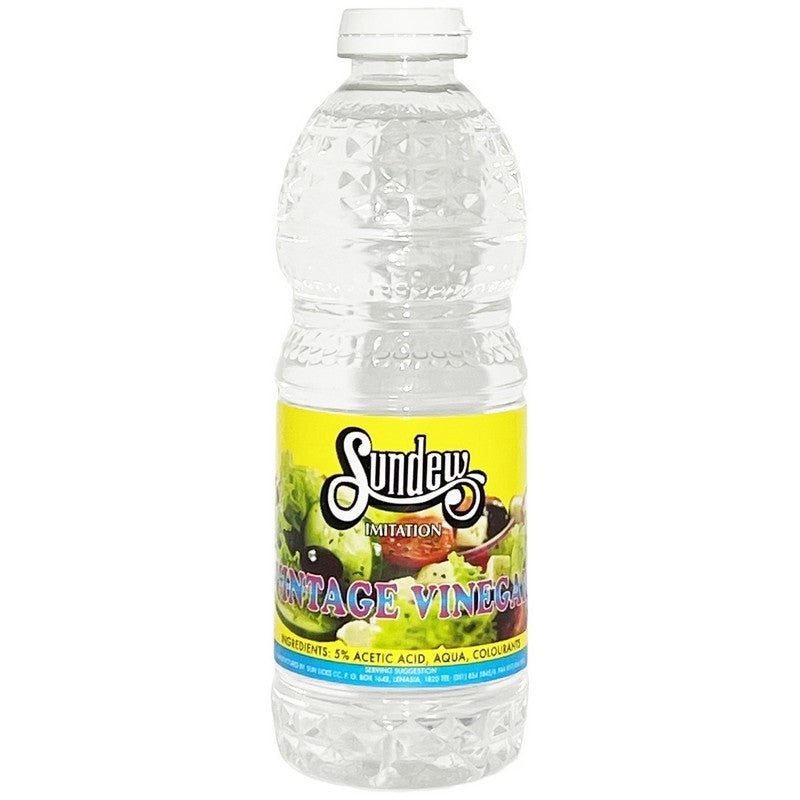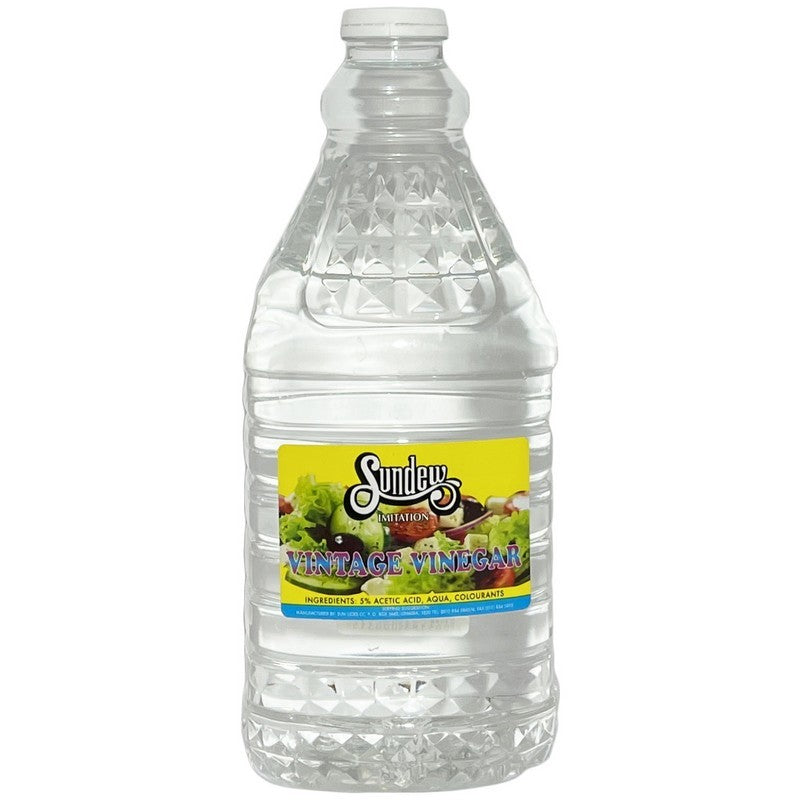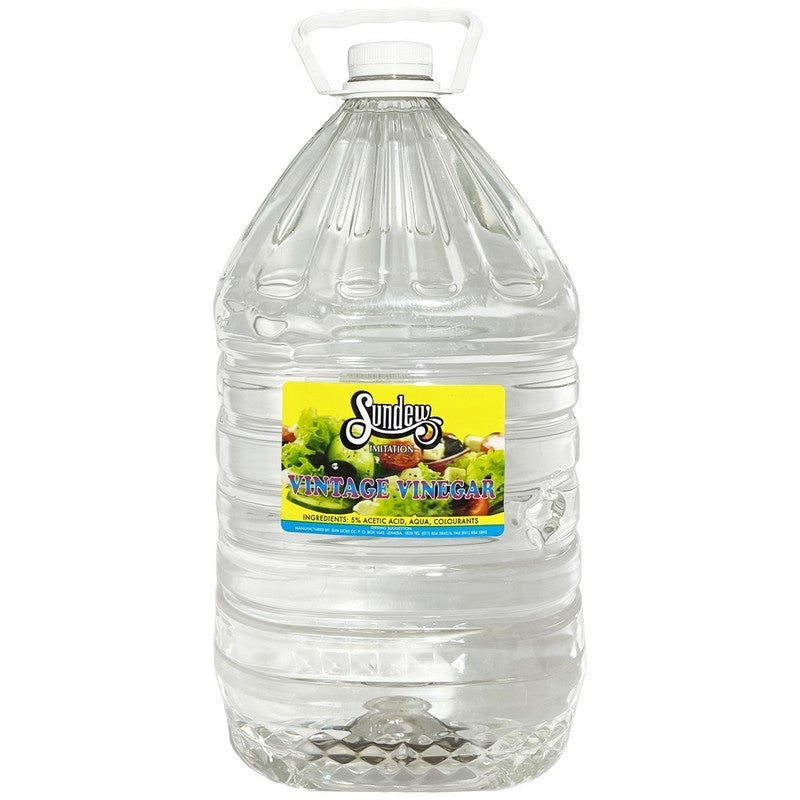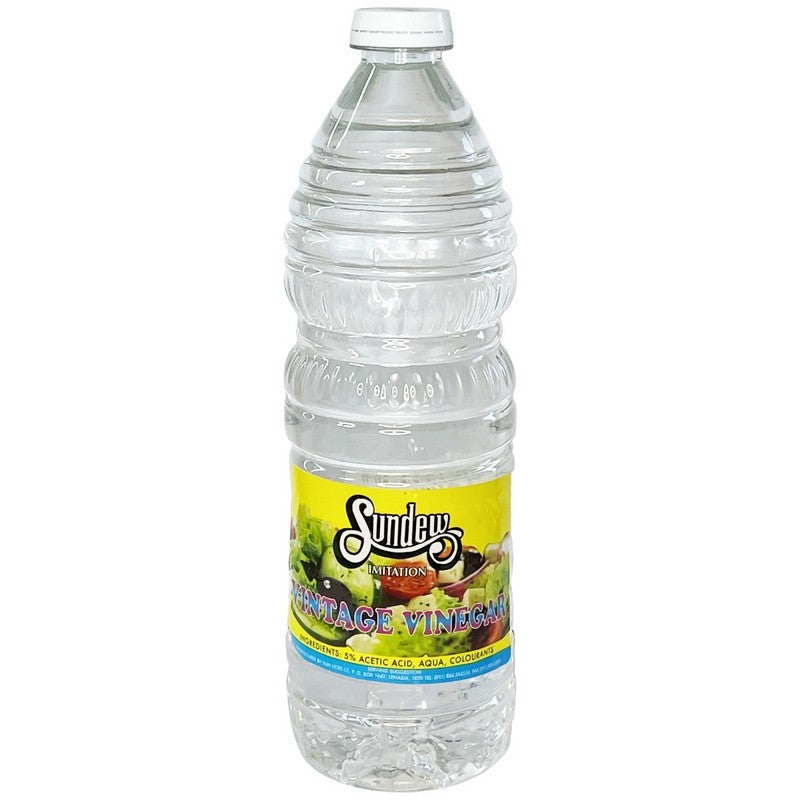Description
Standard white vinegar is a clear solution generally containing 4–7% acetic acid and 93–96% water.
Some types of white vinegar can contain up to 20% acetic acid, but these are strictly for agricultural or cleaning purposes and not intended for human consumption.
Historically, white vinegar has been produced from the fermentation of foods such as sugar beets, potatoes, molasses, or milk whey. Usually, the specific recipe depended on which food item was most readily available in a particular region.
Today, most white vinegar is made from the fermentation of grain alcohol (ethanol). This kind of alcohol doesn’t naturally contain many nutrients, so other ingredients such as yeast or phosphates may be added to kickstart the bacterial fermentation process.




